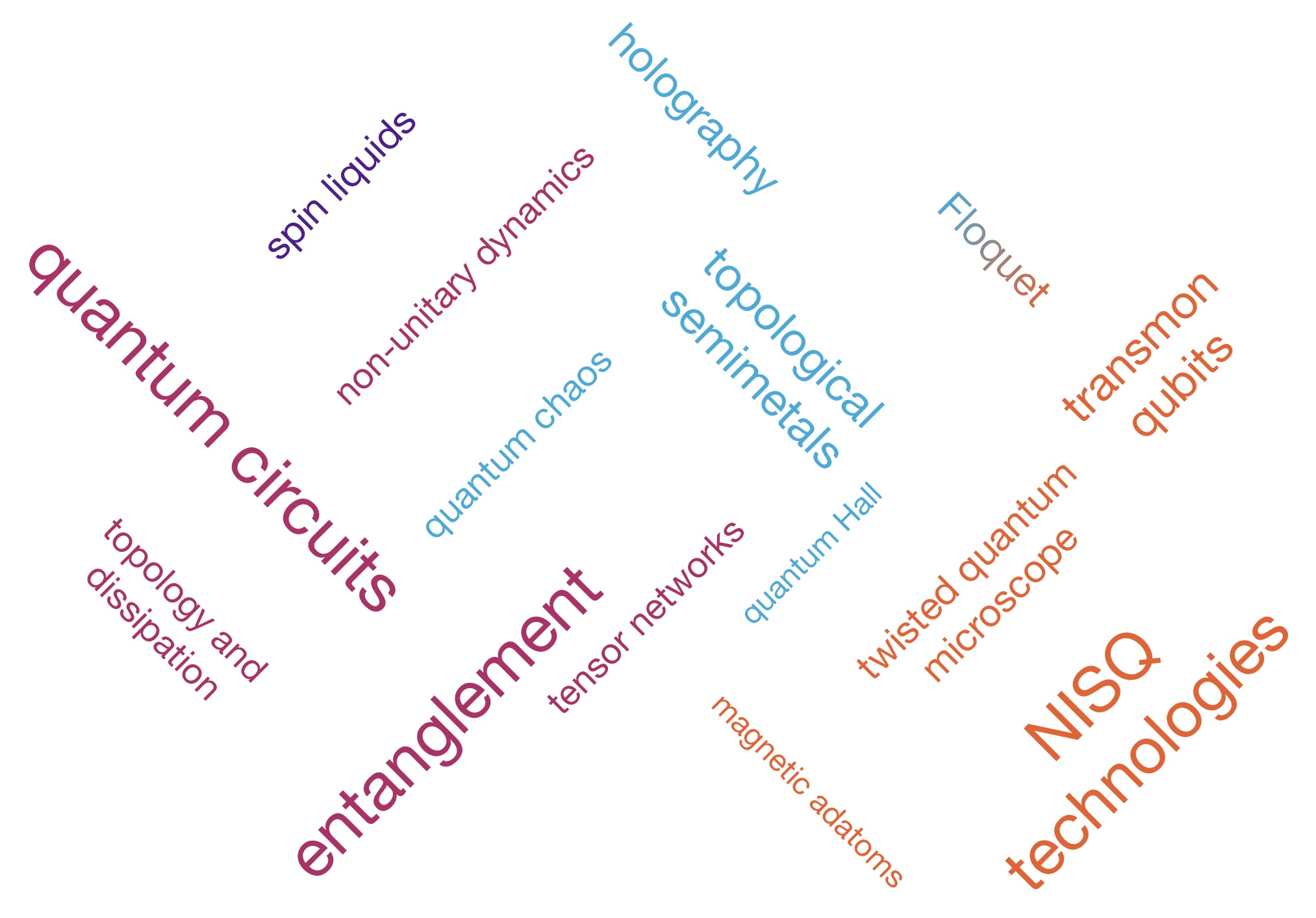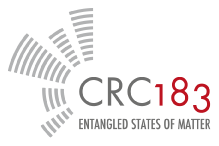Our
Mission

The mission of our collaborative research center (CRC) is to exploit the fundamental laws of quantum mechanics to materialize many-body entanglement in condensed matter systems and to devise and implement protocols to manipulate its dynamics. A salient feature of entangled states of matter is that the large number of atomistic constituents in a solid may mutually protect each other against the detrimental effects of decoherence. The emergence and manipulation of entanglement on such macroscopic scales hinges on the interplay of three concepts, which also define the research areas of our CRC: (i) Topological quantum matter. Entangled states of large quantum systems owe their existence to protection mechanisms of topological origin. A quantum wave function characterized by a non-trivial topological index – a ‘knotted’ wave function, so to speak – shows a high degree of robustness against detrimental mechanisms of decoherence. The ensuing stable topological excitations are microscopic building blocks central to the construction of entangled states of matter. (ii) Quantum information. The advent of entangled quantum matter in solid-state realizations has given rise to a ‘hands-on’ approach in quantum information theory. Concepts of quantum information are harnessed in practical settings, such as the implementation of quantum circuits to dynamically create and manipulate entanglement structures on noisy intermediate scale quantum platforms. Conversely, the experimental reality of noise-related sources of decoherence is addressed by exploring how disorder effects themselves can be used to stabilize quantum information. (iii) Quantum Devices. The interplay of the physical ramifications of entanglement and quantum information protocols to actively steer entangled states, leads to proposals of novel condensed matter device architectures. Closely intertwined theoretical and experimental research on such quantum devices addresses the physics of fractionalized excitations, and specifically their realization in correlated materials, or in micron sized mesoscopic systems comprising semiconducting, metallic and superconducting hybrid elements. These systems serve as platforms for the design of practical quantum computing architectures.
Building on the synergy between the three areas, the long-term vision of our CRC is to bring the fascinating physics of entanglement closer to the macroscopic realm. Concrete objectives for the third funding period put a focus on dynamical aspects of entanglement, harnessing measurements as a tool to create and manipulate entangled states of matter, designing cooling schemes to prepare topological quantum states, and employing nonlinear elements in quantum hardware to protect quantum information. In expanding our experimental activities, we will address foundational questions on the emergence of macroscopic entanglement in topological bulk materials, synthetic quantum devices, and novel platforms such as twisted quantum matter.
